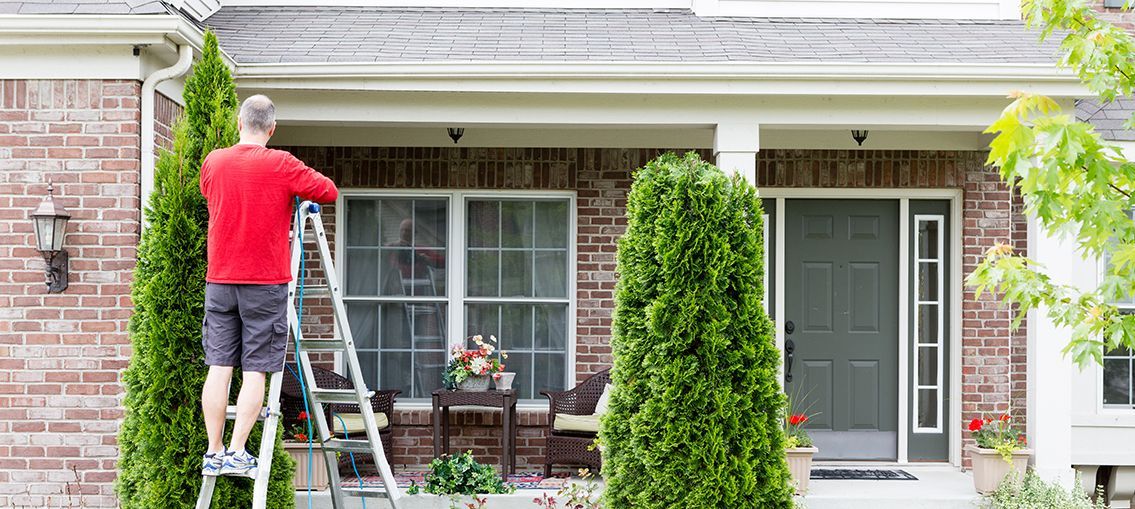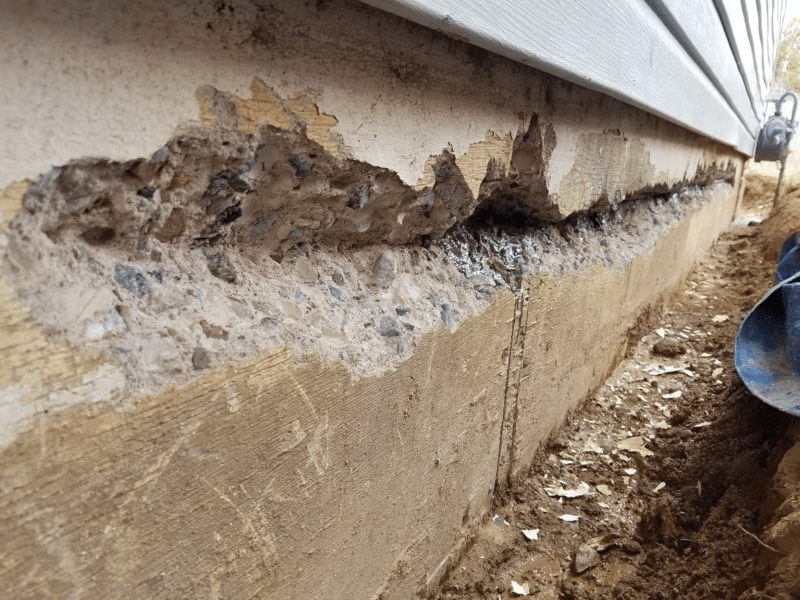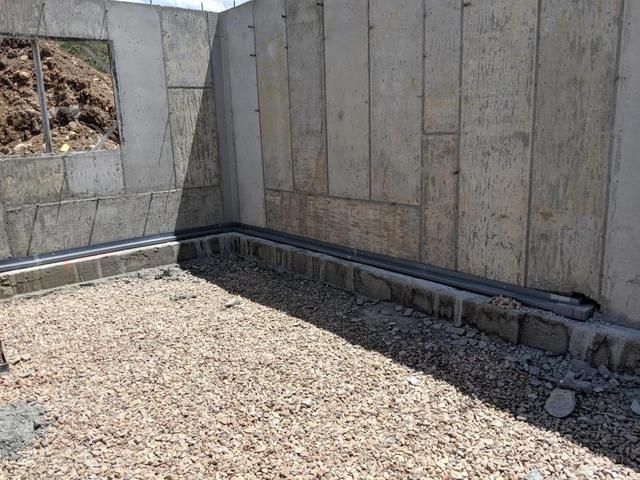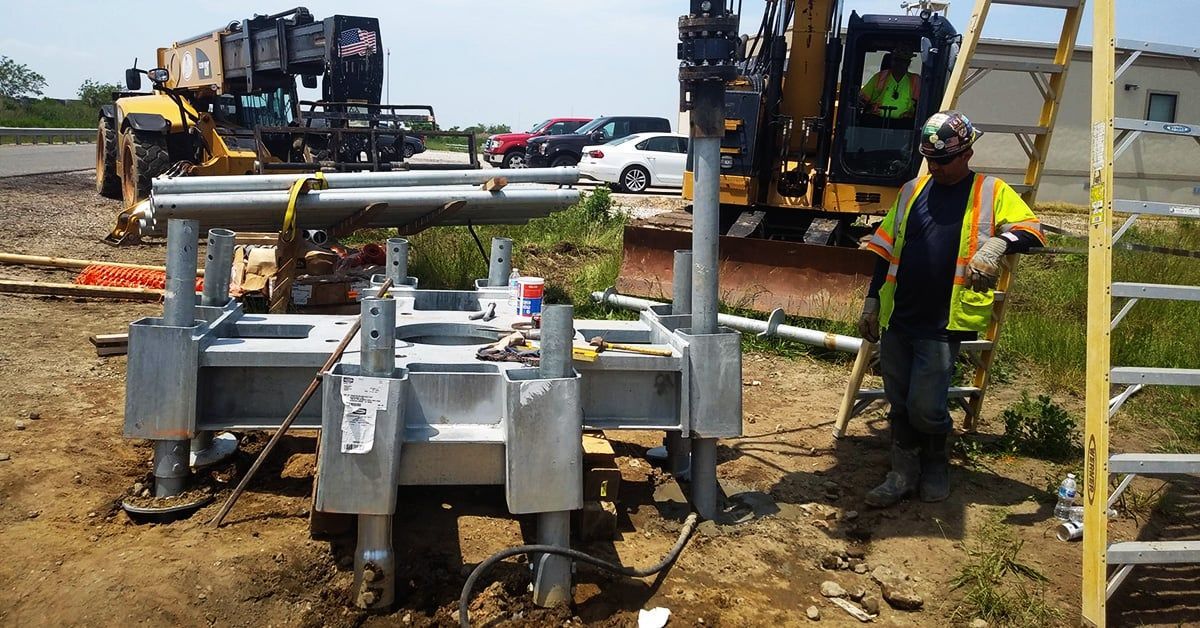Spring Forward: Essential Homeowner's Guide for Transitioning from Winter to Spring
As the chill of winter gives way to the warmth and renewal of spring, homeowners across the globe eagerly await the opportunity to refresh and rejuvenate their living spaces. Transitioning your home from the cold, dreary months of winter to the vibrant, blooming days of spring is not only a chance to spruce up your surroundings but also an essential step in maintaining the integrity and functionality of your property.
In this comprehensive guide, we'll explore a range of tips and tasks that homeowners should consider when preparing their homes for the transition from winter to spring. From practical maintenance to aesthetic updates, we'll cover everything you need to know to ensure that your home is ready to embrace the season of renewal.

Foundation Maintenance: The Solid Groundwork
Before diving into the seasonal updates and enhancements, it's crucial to start with the foundation-quite literally. Your home's foundation is its primary support system, and ensuring its integrity is essential for the overall stability and safety of your property.
Inspect for Damage: Begin by conducting a thorough inspection of your home's foundation. Look for cracks, shifts or any signs of damage that may have occurred during the winter months. Addressing these issues early can prevent more significant problems down the line.
Repair and Seal Cracks: If you notice any cracks or gaps in your foundation, take the necessary steps to repair and seal them. Depending on the severity of the damage, this may involve filling cracks with epoxy or applying waterproof sealant to prevent moisture intrusion.
Improve Drainage: Proper drainage is essential for protecting your foundation from water damage. Clean out gutters and downspouts to ensure that rainwater is directed away from your home's foundation. Consider installing or repairing French drains or other drainage systems to manage excess water effectively.
Address Landscaping Issues: Overgrown vegetation or tree roots can pose a threat to your home's foundation by exerting pressure or causing soil erosion. Trim back trees and shrubs, and consider planting native, low-maintenance plants that won't interfere with your foundation.
Spring Home Maintenance Checklist
With the foundation secured, it's time to turn our attention to the rest of the home. Here's a comprehensive checklist to guide you through the essential maintenance tasks for transitioning your home from winter to spring:
Inspect Roof and Gutters: Check your roof for missing or damaged shingles, and inspect gutters for debris or blockages. Clean gutters and downspouts to ensure proper drainage and prevent water damage.
Service HVAC Systems: Schedule a professional inspection and servicing of your heating, ventilation, and air conditioning (HVAC) systems. Replace air filters, clean ducts, and ensure that your systems are operating efficiently.
Test Smoke and Carbon Monoxide Detectors: Spring is an ideal time to test and replace batteries in smoke and carbon monoxide detectors. Ensure that detectors are functioning correctly to protect your family and home from potential hazards.
Check Exterior Surfaces: Inspect siding, stucco, brickwork, and other exterior surfaces for signs of damage, such as cracks, peeling paint, or discoloration. Repair and repaint as needed to maintain the integrity and curb appeal of your home.
Clean Windows and Screens: Wash windows inside and out to remove winter grime and allow more natural light into your home. Don't forget to clean window screens and inspect them for damage or tears.
Service Outdoor Equipment: Prepare lawn mowers, trimmers, and other outdoor equipment for the upcoming season. Sharpen blades, replace spark plugs, and perform routine maintenance to ensure optimal performance.
Inspect Deck and Patio: Check decks, patios, and outdoor furniture for signs of wear and damage. Repair or replace loose boards, tighten screws, and clean and refinish surfaces as needed to create an inviting outdoor space.
Pest Prevention: As temperatures rise, pests such as ants, termites, and mosquitoes become more active. Take steps to prevent infestations by sealing cracks and gaps, eliminating standing water, and scheduling professional pest control treatments if necessary.
Aesthetic Updates for Spring
In addition to maintenance tasks, transitioning your home from winter to spring is an opportunity to refresh its aesthetic appeal and embrace the season's vibrant energy. Consider the following updates to breathe new life into your living spaces:
- Bring the Outdoors In: Incorporate elements of nature into your home decor with fresh flowers, potted plants, and botanical prints. Embrace light, airy fabrics and natural materials to create a sense of warmth and connection to the outdoors.
- Update Color Palette: Swap out dark, heavy fabrics and decor for lighter, brighter alternatives. Infuse your home with soft pastels, cheerful florals, and pops of vibrant color to reflect the spirit of spring.
- Reorganize and Declutter: Spring cleaning isn't just about scrubbing floors and dusting shelves-it's also an opportunity to declutter and reorganize your living spaces. Clear out gutter, donate or discard items you no longer need, and create a sense of openness and flow throughout your home.
- Enhance Outdoor Living Spaces: Make the most of warmer weather by transforming your outdoor living spaces into inviting retreats. Add comfortable seating, outdoor rugs, and decorative lighting to create a cozy ambiance for lounging, dining, and entertaining alfresco.
- Create Seasonal Displays: Celebrate the beauty of spring by creating seasonal displays with fresh flowers, greenery, and decorative accents. Incorporate elements such as Easter eggs, spring wreaths, and seasonal artwork to infuse your home with festive charm.
Transitioning your home from winter to spring is an exciting opportunity to refresh and rejuvenate your living spaces, both inside and out. By prioritizing foundation maintenance, completing essential home maintenance tasks, and embracing seasonal updates and enhancements, you can ensure that your home is ready to embrace the spirit of spring. Whether you're tackling repairs, refreshing decor, or simply enjoying the sights and sounds of the season, embracing the transition from winter to spring is sure to breathe new life into your home and create a welcoming environment for you and your family to enjoy.










HAVE PEACE OF MIND WITH IWP FOUNDATION REPAIR
With over 30 years of combined experience in the business, you know that you can trust our team to get the job done right the first time. We value the customer experience, which is why we take the time to listen to your concerns, answer all your questions, and explain the best plan of action for your home. If you’ve noticed any foundation issues at all, no matter how minor they seem, you should call a professional. Our expert team is waiting for you, so call today for a free evaluation!


